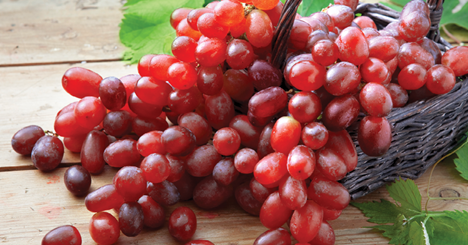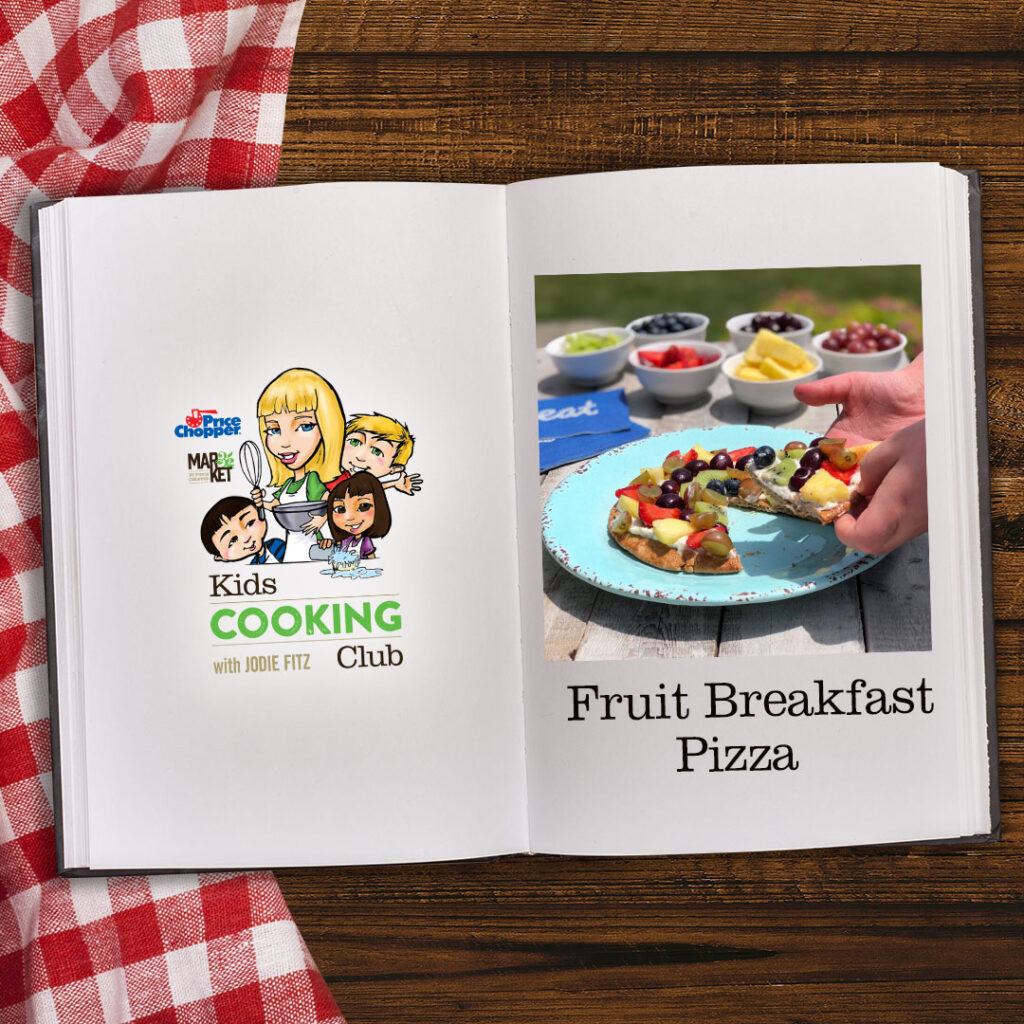
A Guide to Grapes
What’s great about grapes? A lot. Grapes come in several varieties, all with different shapes, sizes, and most importantly, different tastes. They are the sixth-largest crop in the United States, and they are produced all around the country! There’s a lot of grapes out there, let’s learn more about them.
Moon Drops: Moon Drops are grown in Central California with a season from late July to September. These grapes are elongated with a dark purple color. They’ve only recently been introduced to the markets. Moon Drops are sweet, but not too sugary, and feature a taste similar to grape jelly.
Concord: Concord’s are the grape associated with Welch’s grape juice. If you’ve experienced Welch’s you know just how a Concord taste. They are bright, sweet, and packed with that grape flavor you get in juice. You can find this variety in The Finger Lakes region in New York, Yakima Valley in Washington, Michigan, and Lake Ontario during their peak season of early Fall.
Pinot Noir: Yes, wine! These grapes were popularized in the Burgundy Region in France but have since spread all over the world. Willamette Valley in Oregon and the Russian River Valley in Sonoma County, California do well with this variety. They grow in tight-knit clumps and feature a dark purple color. They hit their peak from August to September.
Sweet Jubilee: Sweet Jubilees are an extra-large version of the grape, and they are emphatic too. If you’re looking for a heavy hitter in the grape game, Sweet Jubilees are the way to go. This variety grows in a clump as large black ovals, found in Central California.
Valiant: When you think about grapes, Alaska probably does not come to mind. Then there’s the Valiant grape. Durable in freezing temperatures and harsh soil conditions, the Valiant variety can be found in Alaska and Canada. They feature a large blue color and are larger than the average grape. They are most used for juicing and jams, due to their similar taste to Concords.
Kyoho: Looking for the largest grape you can find? Kyoho’s are your answer. They grow as big as plums and in Japanese the name means “giant-mountain grape.” This variety is dark purple, with a large inedible seed and thick skin. They taste similar to Concord’s, but you’ll want to peel off the bitter skin before enjoying the sweet fruit.
Cotton Candy: You may not believe grapes can taste like cotton candy, but we recommend you try these for yourself. They really do! They grow in Central California from Mid-August to late September and it’s the closest we’ve come to cotton candy growing from the trees.
Riesling: Riesling grapes thrive in areas with cooler climates like Austria, Germany, and the New York Finger Lakes. They are some of the most versatile grapes in the world, with ability to make both dry and extra sweet wines. As a grape, Riesling tends to be sweet with a high acidity.
Gewürztraminer: This is a fun one, Gewürztraminer grapes! These grapes have a reddish-pink skin, but ultimately make white, almost clear wine. They are known for tasting much like the wine they turn into but feature a stone fruit like flavor.
Crimson Seedless: Crimson Seedless are a popular oval-shaped grape found in many grocery stores around the country. This red grape features a thicker skin, allowing it a longer shelf life than most varieties. This grapes tart juiciness has made it a household favorite.
Source: https://www.foodrepublic.com/2018/05/20/15-types-of-grapes-to-know-eat-and-drink/
Add Grapes to Your Cooking

Fruit Breakfast Pizza Recipe
by Jodie Fitz
Ingredients
2 whole-wheat pitas
4 tablespoons PICS honey
1 tablespoon water
¼ teaspoon PICS cinnamon
PICS nonstick cooking spray
Fresh fruit
1/3 cup cream cheese, room temperature
Step-by-Step Directions
Preheat the oven to 375 degrees.
Stir together 2 tablespoons of honey with the water and cinnamon.
Baste the top of the two pitas with the honey, cinnamon mixture.
Coat a baking sheet with nonstick cooking spray. Place the basted pitas on the coated baking sheet. Bake the pita crusts for 10 – 12 minutes; until toasted.
Remove the pitas from the oven and let them cool completely.
While the pitas are baking and cooking prepare the fruit;
- Cherries: washed, pitted and cut in half or sliced.
- Strawberries: washed, hulled and sliced.
- Blueberries: washed and used whole.
- Grapes: washed and cut in half.
- Pineapple: skin removed, sliced and diced.
- Kiwi: peeled, sliced and diced.
Stir together 2 tablespoons of honey with 1/3 cup of cream cheese.
Divide the cream cheese mixture and spread it on top of each pita. Add the prepared fruit on top.
OTHER FRUIT OPTIONS: You can also use blackberries, raspberries, honeydew melon, cantaloupe melon, etc.
Cooking with Kids: Every recipe is filled with life skills that encourage children’s confidence in the kitchen. Here are a few to focus on when making this recipe:
- Following directions
- Stirring
- Basting
- Baking and oven safety
- Cutting and knife safety
- Hulling
- Layering
- Spreading
- Fruit preparation


